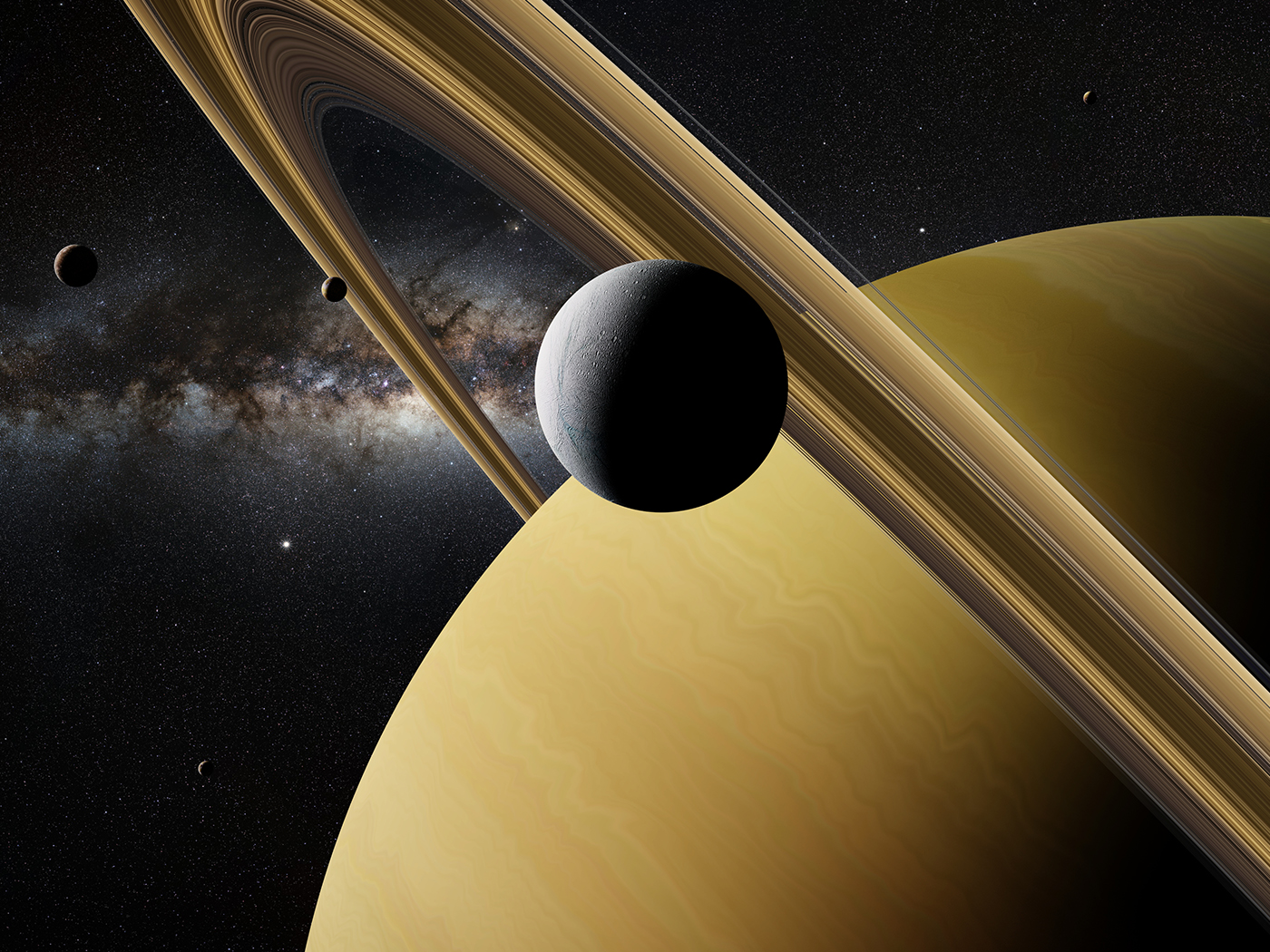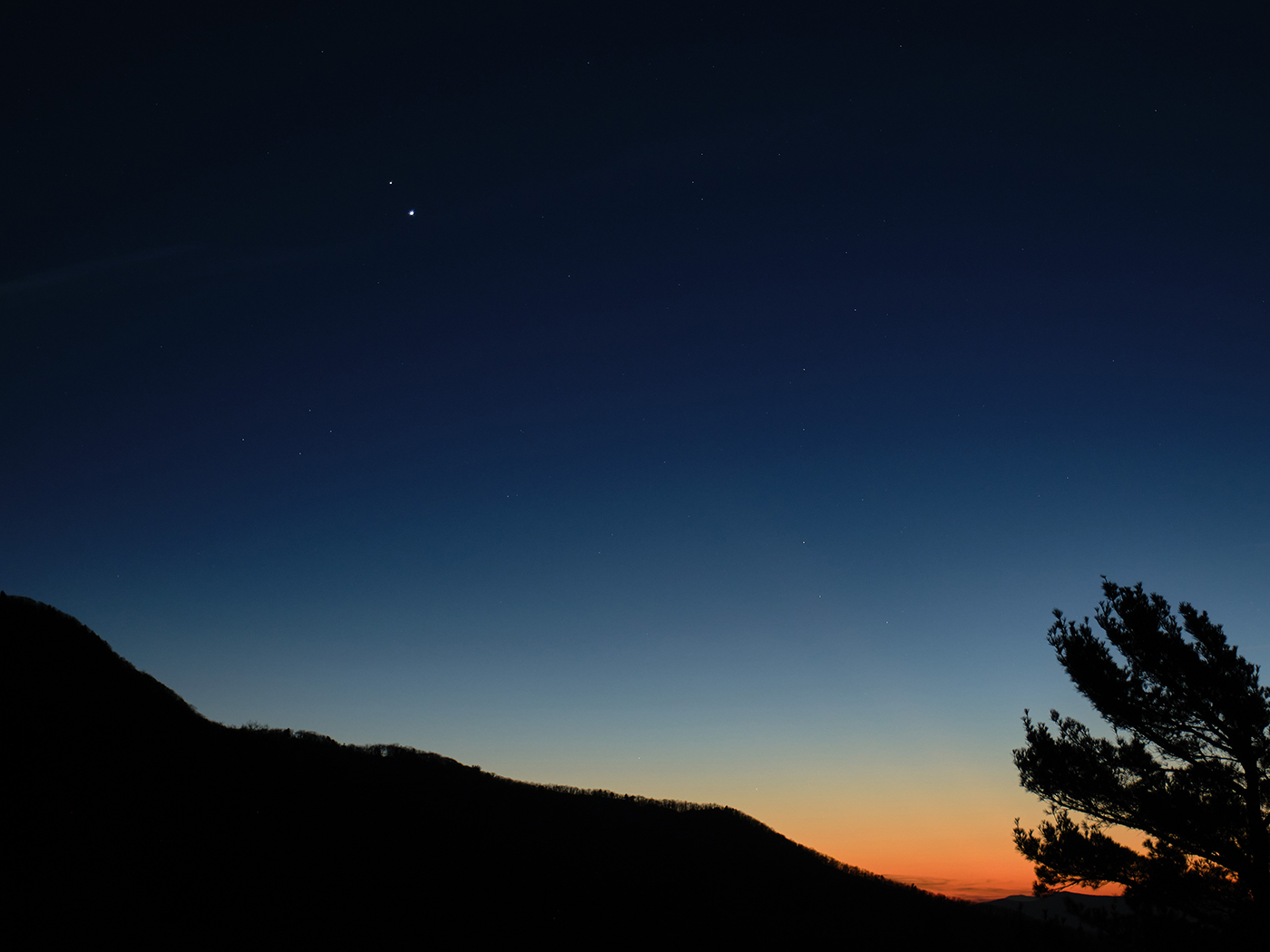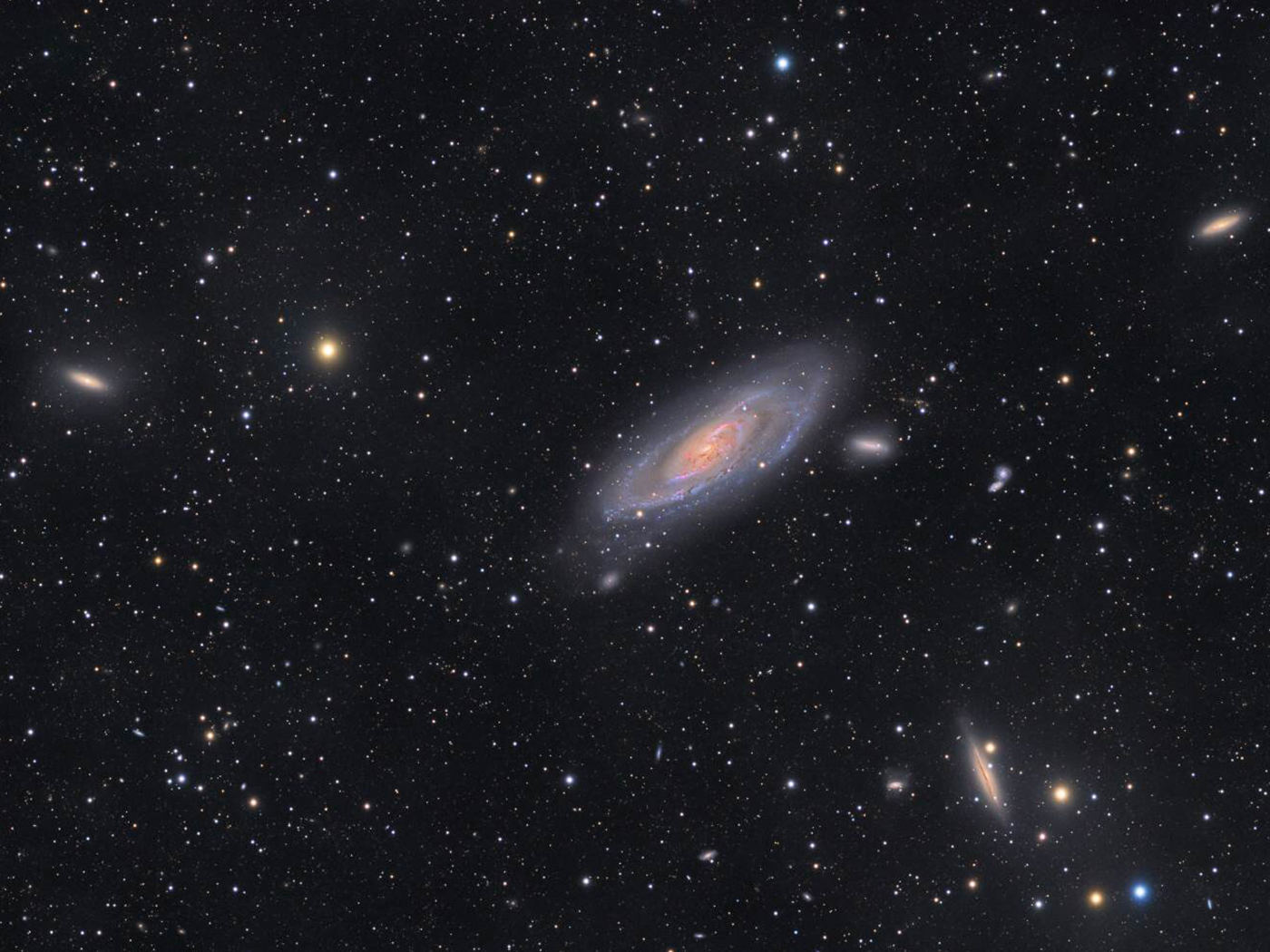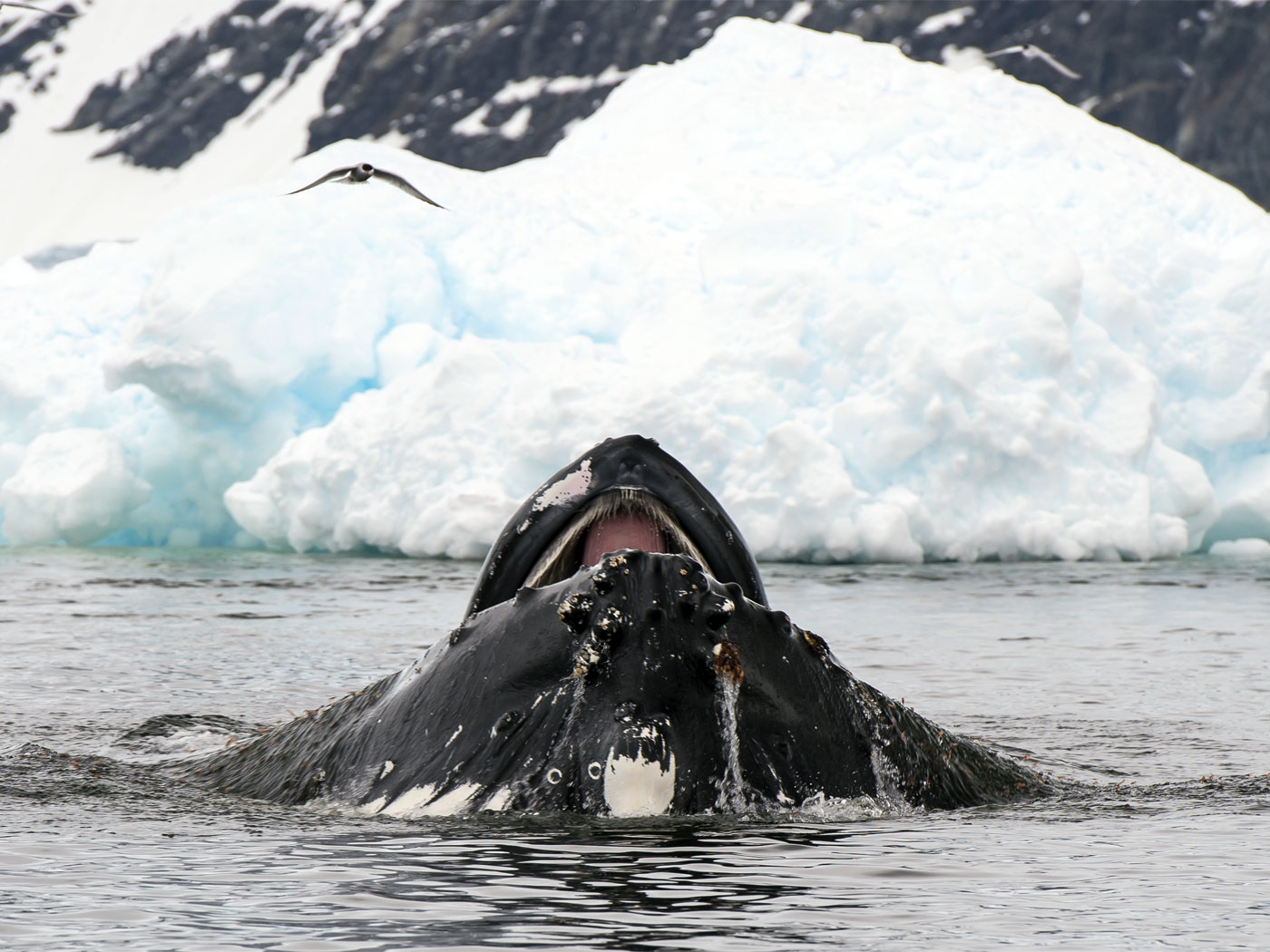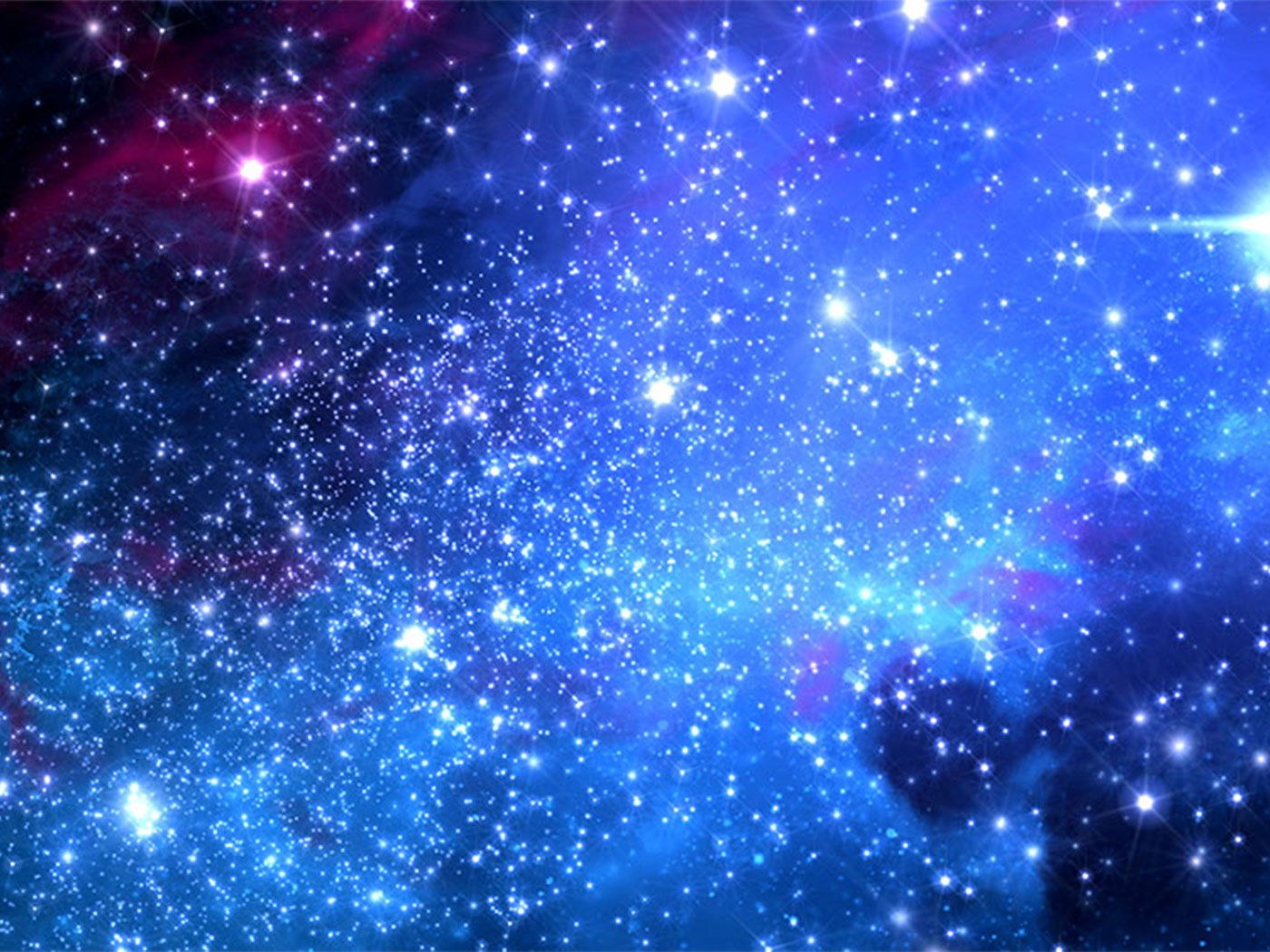.gif)
Once again, those with a secular worldview want to make Earth look like it is just one of possibly millions of other habitable planets. There's nothing special about us, many in the sciences maintain. We are not unique but just one more evolved planet from the alleged Big Bang.
Recently a news story broke that "Earthlike planets covered with deep oceans that could harbor life may be found in as many as a third of solar systems discovered outside of our own."1 But as one reads the story, it is obvious that this supposed science news is based only on pure conjecture. The story states that these unknown, unobserved planets "could harbor life." Sean Raymond, a University of Colorado researcher goes on to say, "We now think there is a new class of . . . possibly habitable planets in solar systems unlike our own" (emphasis added).1 And how do the researchers form their hypotheses? By observation? No, rather they make their assertions based on computer simulations of various types of solar systems forming. Creationists question how the researchers know the way these solar systems formed, knowing of course, that the simulations are based upon evolutionary theory.
The only scientific fact in this news story is that there are planets out there called gas giants or "Hot Jupiters." Such planets, scientists admit, are extremely inhospitable. As for the alleged earthlike planets, these secular scientists can only hypothesize and speculate if these planets really satisfy the myriad of conditions that would make them like Earth. The article states, "The close-orbiting gassy planets may help encourage the formations of smaller, rocky, Earthlike planets" (emphasis added).1
Readers are urged to become adept at discerning where the science leaves off and conjecture begins in articles and studies such as these.
Reference
1. Earthlike Planets May Be Common. Reuters. Posted on SliceofSciFi.com September 8, 2006.




